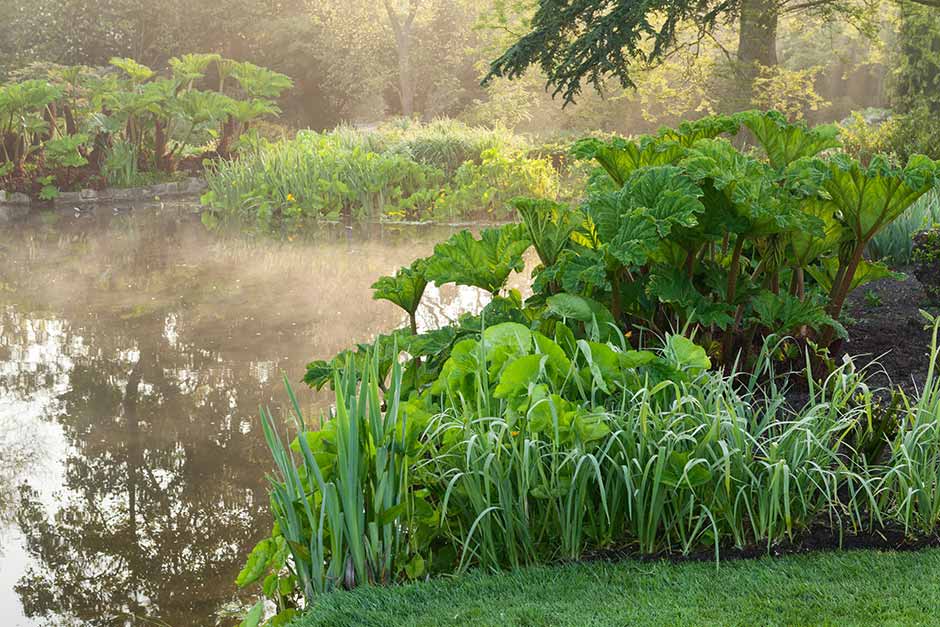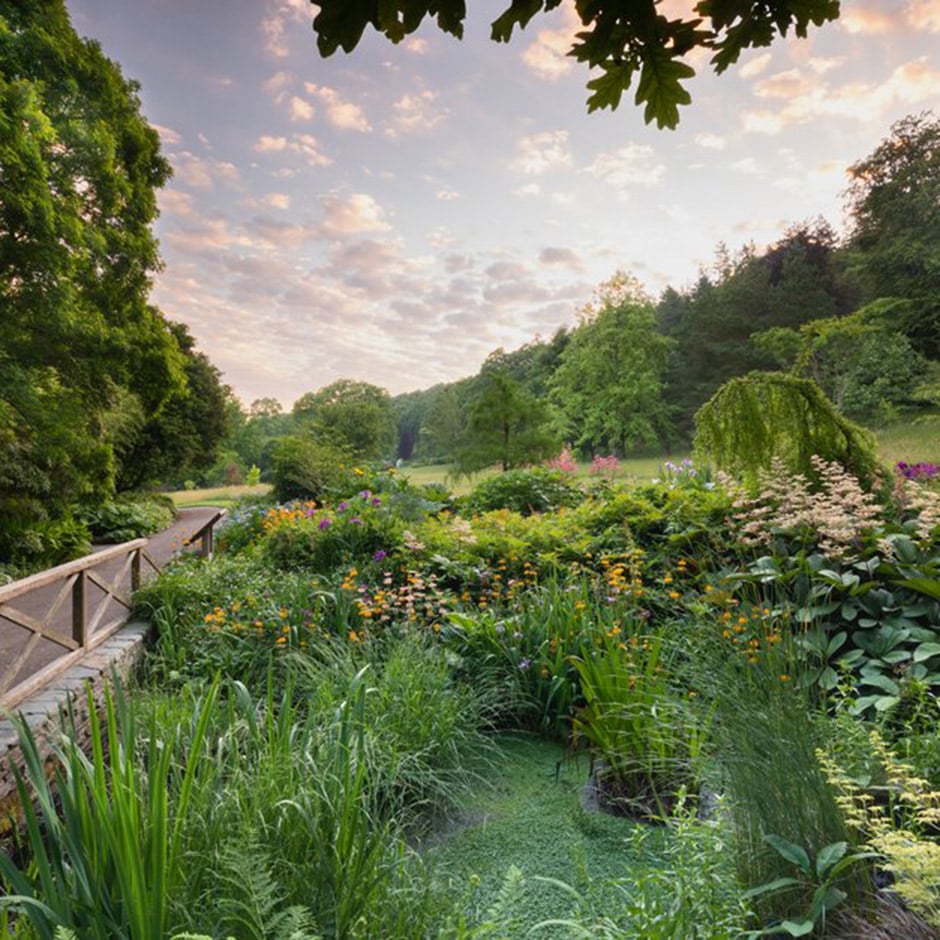Growing guide
How to grow aquatic and bog plants
These plants bring garden ponds to life. They grow either in the water or in the damp ground around the edges, and they help to blend a pond into the garden with their colourful flowers and lush foliage. Aquatic plants can also improve the health of your pond, oxygenating the water and providing food and shelter for a wide range of wildlife.
Quick facts
All you need to know
While we think all this information will be helpful to you, we always recommend to read the instruction labels on your plants.

Discover aquatic plants
Everything you need to know about choosing the right aquatic plants for you.
Get involved
The Royal Horticultural Society is the UK’s leading gardening charity. We aim to enrich everyone’s life through plants, and make the UK a greener and more beautiful place.






